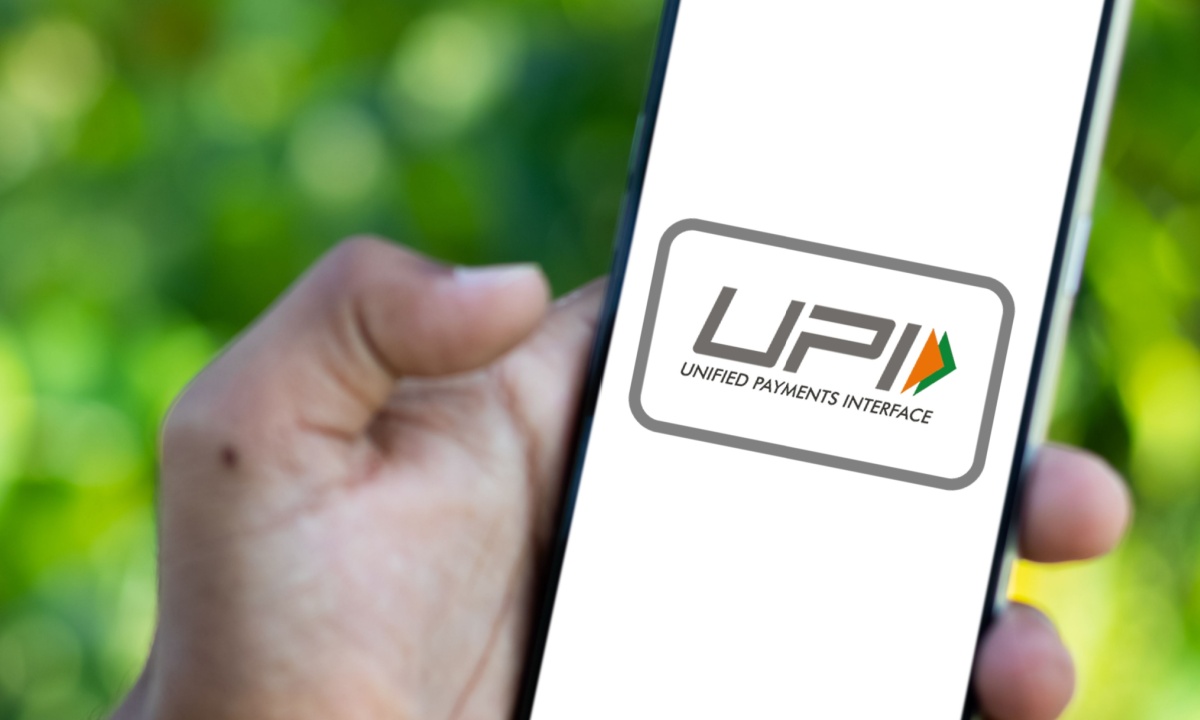India is campaigning for greater loan activity on its national digital payments network.
As the Financial Times (FT) reported Sunday (Aug. 31), The National Payments Corporation of India (NCPI), which runs the Unified Payments Interface (UPI), has begun offering its infrastructure to banks to extend short-term loans to small businesses.
“We have a large uncatered market for credit,” NPCI Chief Executive Dilip Asbe said in an interview with FT, adding it was also exploring the facilitation of investments and insurance. “UPI is now the infrastructure layer to provide the whole financial services business.”
UPI, which facilitates instant money transfers between bank accounts in India, has boomed in popularity since its launch in 2016 and now rivals Visa in terms of number of transactions, handling more than 600 million per day in July.
The system is part of the government’s India Stack, a suite of digital tools that lets the country’s 1.4 billion people verify their identity, access benefits and make mobile payments.
Bank account ownership has jumped significantly in India in the past decade, the report noted, citing data from the World Bank. In 2014, 53% of Indians had a bank account, compared to 89% last year.
This was partly driven by the government’s effort to transfer cash to the poor directly into their accounts beginning in 2014. However, 16% of those accounts are not active, compared to an average of 4% in other low- and middle-income economies.
And although users have now readily turned to UPI for daily transactions and money transfers, their use of the service for credit offerings is limited, Asbe said.
But now, banks can link credit lines, including loans backed by gold, property, fixed deposits, shares and mutual funds, to users’ UPI apps. The disbursed funds can then be used for merchant payments, peer-to-peer transfers or cash withdrawals.
The NPCI’s efforts are happening at a time when instant payments are becoming an important feature of lending, as PYMNTS wrote recently.
“With inflation pinching household budgets and emergencies around every corner, consumers no longer consider instant disbursements a perk or convenience,” that report said. “They expect them. In fact, borrowing payouts now lead all categories in instant disbursement usage, with 45% of consumers saying they most frequently receive their loan funds in real time.”
The main reason, that report added, is urgency. PYMNTS Intelligence data shows that 64% of consumers want instant lending payouts because of financial need. More than a quarter of borrowers said they require the funds in 30 minutes or less.
“Whether paying for rent, groceries or a car repair, many borrowers can’t afford to wait,” PYMNTS wrote.
